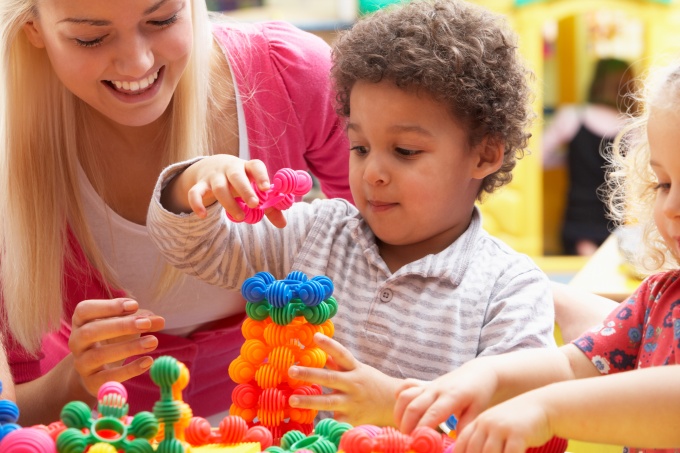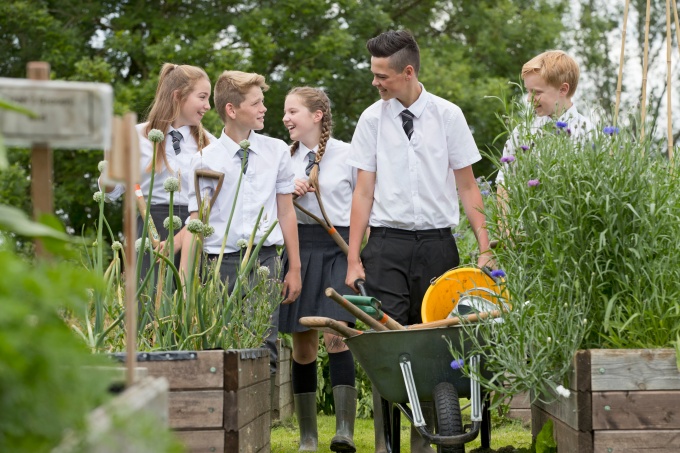"We were expecting the sovereign to step out. One last time."
Neither the descending darkness nor the downpour did anything to dissuade thousands of mourners from flocking to Buckingham Palace yesterday following the death of Queen Elizabeth II, Britain’s longest reigning monarch, at the age of 96.
With no guidance on how or where to channel their collective shock and grief, black cabs parked up to pay tribute while people of all ages and backgrounds fixed their eyes on the famous balcony.
It was almost as though we were expecting the “cherished sovereign” and “much-loved mother” to step out and bid us farewell. One last time.
Children and young people of all ages will see and hear the news
As our second Elizabethan era draws to a close and we enter a period of mourning, the death of Queen Elizabeth II will touch everyone. Children and young people of all ages will see and hear the news. Like the rest of us, they’ve seen the entirety of their lives under her reign. While crowds continue to gather amidst a sea of black umbrellas and sombre faces, we've designed this simple guide to help you know what reactions to expect. And how to respond to each one.
1. The child or young person cries a lot
Empathise. They may need lots of reassuring. Licensed Practitioners will know to use the Vital Relational Functions (VRFs) to attune, validate, contain and regulate the child or young person.
2. Relatively minor events trigger intense emotional responses
During intense emotional responses such as tears, explosive anger or times of shutdown, stay steady and use the VRFs taught as part of our training for Licensed Practitioners. Teach calming body exercises such as breathing techniques or introduce the use of fiddle toys. Licensed Practitioners, will also be able to share their understanding of the polyvagal system and how loss triggers fight, flight or freeze responses which makes us less tolerant.
3. The theme of loss comes into conversation frequently
Talk about death and loss. Use the child or young person to steer the conversation and offer helpful responses that are in line with the level of conversation they're ready for. Read books and therapeutic stories. Watch animations and films about loss and bereavement.
4. Out of character, the child or young person starts to lose important belongings
Try not to get angry or show your frustration or irritation. When we deal with loss we can be preoccupied. We don't remember things as clearly. Retrace steps with them. Spend time alongside them. Search together.
5. They frequently ask for help with things they can easily do themselves
Calmly offer help even though you know they can do the things themselves. This behaviour is communicating that they want connection. They are using the activity or task as a way of being able to ask for it. You'll notice that when they feel steadier, those requests for help will reduce.
6. Performance may decline as they struggle to concentrate
Offer additional help and resources to support with work in the classroom where needed. Loss presents as threat. So when dealing with it, we can lose our focus as our bodies need the ‘energy’ to survive. Offering help and additional resources now will mean that any decline in performance will quickly reverse.
7. Play starts to focus on death
Observe their play. Provide suitable play materials and equipment. And if they seem willing, look for an opportunity to join in. Follow their lead. Children and young people use play as a way of processing and dealing with the loss they are experiencing.
8. They develop fears that may seem unrealistic to adults
When a child or young person becomes anxious or nervous, take their fears seriously. Even though you know they're unrealistic, they feel real to them and it's important to respect this. Encourage them to put their feet on the floor and use their senses to ground them. Gently pose questions that you can offer supportive answers to. This will test their fears and help to alleviate them.
9. They have trouble sleeping or start wetting the bed
Develop bedtime routines that include bath, story, cuddles, toilet and bed. Sleep problems and bed wetting can be a sign of separation anxiety and this may increase when a loss has occurred. Providing a bedtime routine, or returning to a routine if the child is older, will help.
10. They imagine that they have contributed in some way to the death
Reassure them that this isn't the case. Children and young people have a sense of omnipotence. This means they may find it difficult to separate themselves from what has happened and believe they have had a direct involvement. Validate the emotion, take their beliefs seriously. Show empathy and offer lots of reassurance that they have not caused the death.
Small actions can lead to a big ripple effect. If you enjoyed this post or found it helpful, please consider supporting us in our mission to help every child and young person feel safe, supported and ready to learn by sharing it using the social media buttons below. Want to join a like-minded community of senior leaders and classroom staff benefitting from insights and strategies to improve attendance, behaviour and attainment? Add your email address below. (It’s easy to unsubscribe).Pass it on

_680.jpg)
(2)_680.jpg)


(2)_680.png)